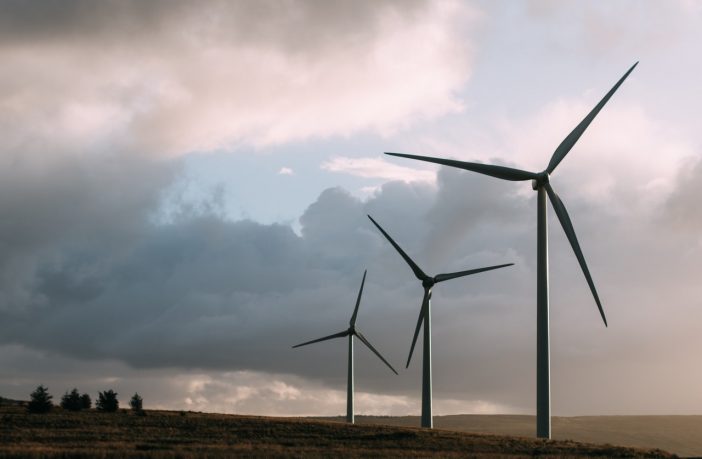- South Africa’s Energy Minister calls on the public to take the final opportunity to influence the country’s energy roadmap to 2030, by commenting within the next 60 days.
- By 2030, Wind should make up just over 15% of the country’s power mix, assuming that all 8100 MW of new procurement is achieved by then, bringing onshore wind to 11 442 MW in total.
- Questions raised over a 3-year gap in wind power procurement between 2022 and 2024.
Energy Minister Jeff Radebe has revealed the long-awaited Integrated Resource Plan (IRP) update today, appealing to the public and interested parties to take the final opportunity to influence the country’s energy roadmap to 2030, by commenting within the next 60 days.
SAWEA congratulates the Department of Energy for ensuring that the draft IRP2018 places emphasis on “least-cost” options to 2030 with significant new wind, solar PV, and gas allocations. “By 2030, Wind should make up just over 15% of the country’s power mix, assuming that all 8100 MW of new procurement is achieved by then, bringing onshore wind to 11 442 MW in total,” said Brenda Martin, CEO of SAWEA.
Martin added, “Energy investment choices made in the IRP 2018 update will have long-term effects for the economy as a whole, and the successful, timeous achievement of the Energy transition. It is therefore critical that public inputs call for the finalised Integrated Resource Plan to be based on choices that allow for transition-related investment certainty and job-creating local manufacturing growth in particular.”
The Association has asked for clarity on the planned sequence of Wind investments which currently suggest a 3-year gap in procurement between 2022 and 2024. The Industry cannot deliver the many socio-economic benefits and the scale of investment associated with Wind power supply, with a stop-start approach.
SAWEA notes with interest the Department of Energy’s proposed further areas of analysis, particularly those relating to gas supply options, linked to a renewable energy (RE) and gas dominated supply mix post-2030; the appropriate level of renewable energy penetration, which includes further work on RE integration effects on the grid; as well as a socio-economic impact analysis of decommissioning of coal-fired power plants that would have reached their end of life.
Finally, the Association supports the Minister’s desire that Cabinet adopt the ‘IRP 2018’ which will serve as South Africa’s electricity generation roadmap for the next 12 years, as soon as the comment period is concluded.
Author: Tina Meier for South African Wind Energy Association (SAWEA)











